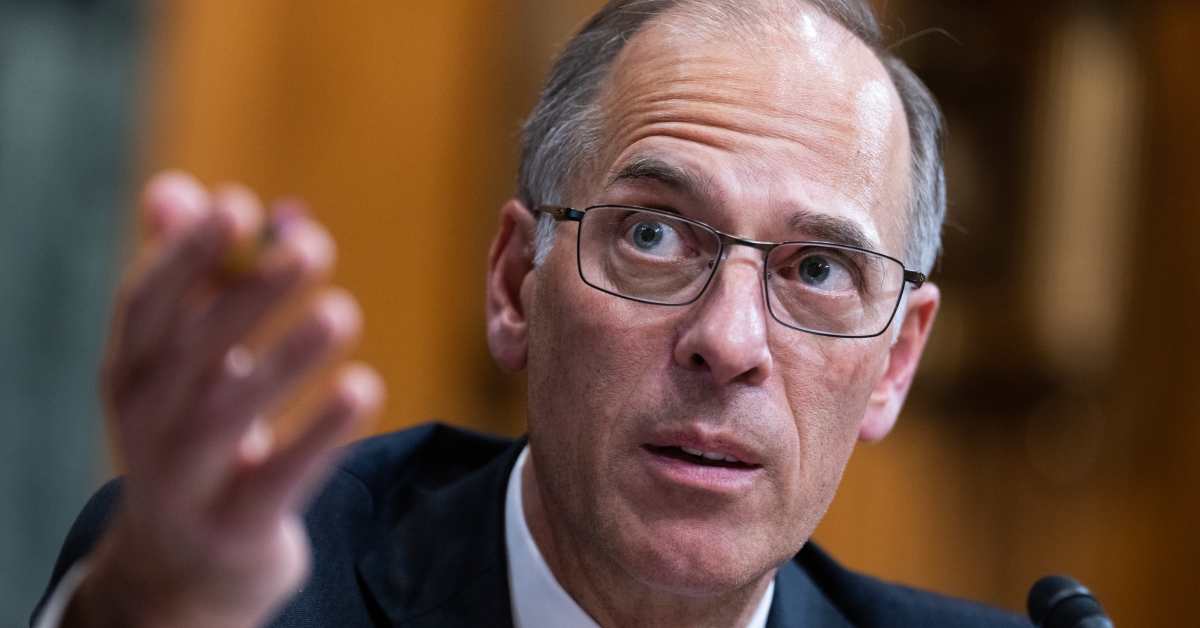
The Looming Shadow of Tariffs: A Revised Recession Forecast
The global economy is a complex machine, and lately, it’s been sputtering. While many predicted smooth sailing, a looming storm cloud of escalating trade tensions threatens to significantly alter the economic landscape. Recent pronouncements from the highest levels of government have injected a dose of uncertainty into the already delicate balance, prompting a reassessment of the risk of a looming recession.
For months, the prevailing economic narrative had been one of cautious optimism. Growth, while perhaps not robust, was considered sustainable. However, a significant shift is underway, driven primarily by a renewed escalation of trade disputes. The latest round of tariffs, announced recently, represents a significant departure from previous predictions and signals a potential intensification of the trade war. This abrupt change alters the very foundation upon which many economic models were built.
The impact of these tariffs extends far beyond headline numbers. They are not simply abstract policy decisions; they are real-world consequences with far-reaching ramifications. Industries reliant on international trade are bracing for the impact, with supply chains facing disruption and prices poised to rise. Consumers, ultimately, will likely bear the brunt of these increased costs, potentially dampening consumer spending, a cornerstone of economic growth.
This is where the revision of the recession outlook comes into play. Many economists, once forecasting a relatively soft landing, are now expressing considerable concern. The ripple effects of these tariffs are proving to be more significant than initially anticipated. The cumulative effect of these trade restrictions, coupled with other existing economic vulnerabilities, is creating a perfect storm that could push the economy into a recession.
What exactly could trigger a downturn? The answer is multifaceted. The most immediate threat is the erosion of business confidence. Uncertainty breeds hesitation, leading businesses to postpone investments, hiring freezes, and reduced output. This downward spiral can quickly accelerate, amplifying the negative effects of the tariffs.
Furthermore, the global nature of the current trade tensions exacerbates the problem. A slowdown in one major economy can quickly trigger a domino effect, impacting international trade and investment flows. This interconnectedness makes the current situation especially precarious.
It’s not all doom and gloom, however. There are still potential mitigating factors. Government intervention, in the form of fiscal stimulus or other supportive policies, could help to cushion the blow and lessen the potential for a sharp decline. The resilience of the consumer, historically a strong force in the US economy, could also play a crucial role in determining the final outcome.
Ultimately, the path ahead remains uncertain. The next few months will be critical in determining the trajectory of the economy. The extent to which businesses adapt, consumers react, and governments intervene will dictate whether the looming shadow of recession materializes into a full-blown crisis or whether the economy can weather this storm and navigate towards calmer waters. The situation calls for careful monitoring, adaptable strategies, and a willingness to revise predictions as new data emerges. The economic forecast is not static; it’s a dynamic reflection of a constantly evolving situation.



Leave a Reply